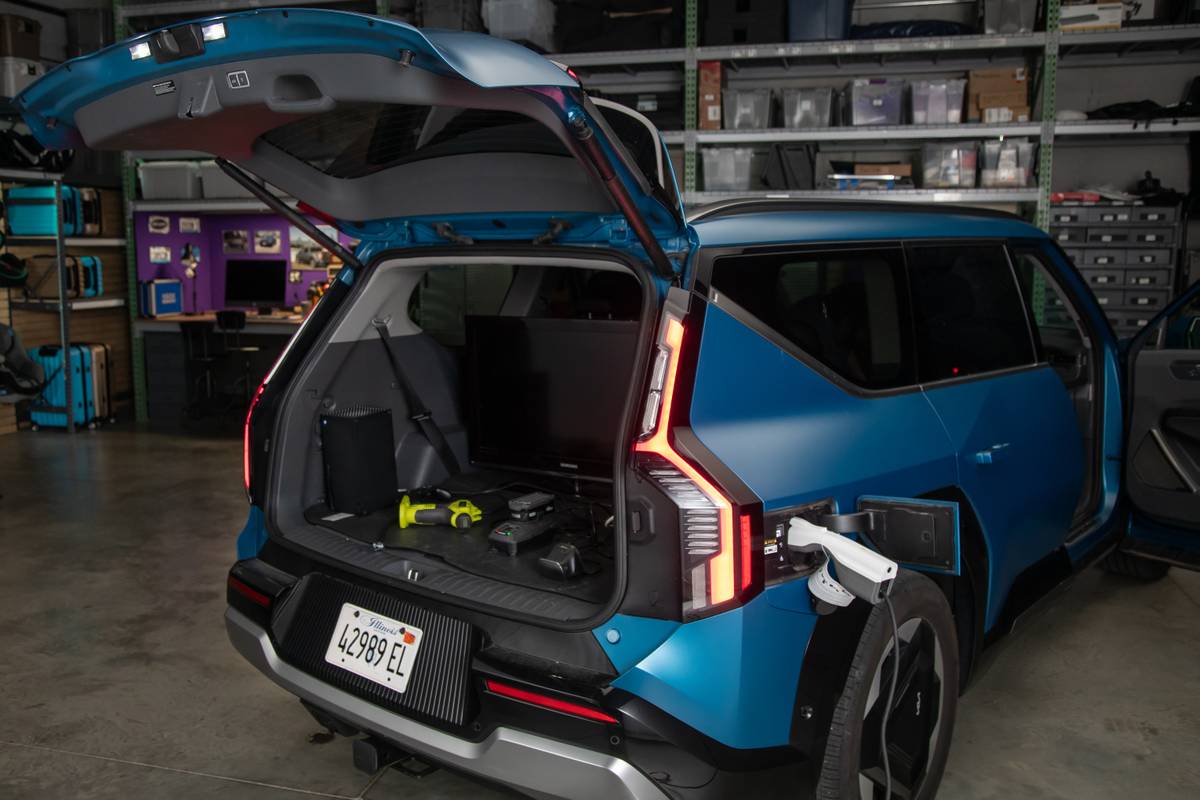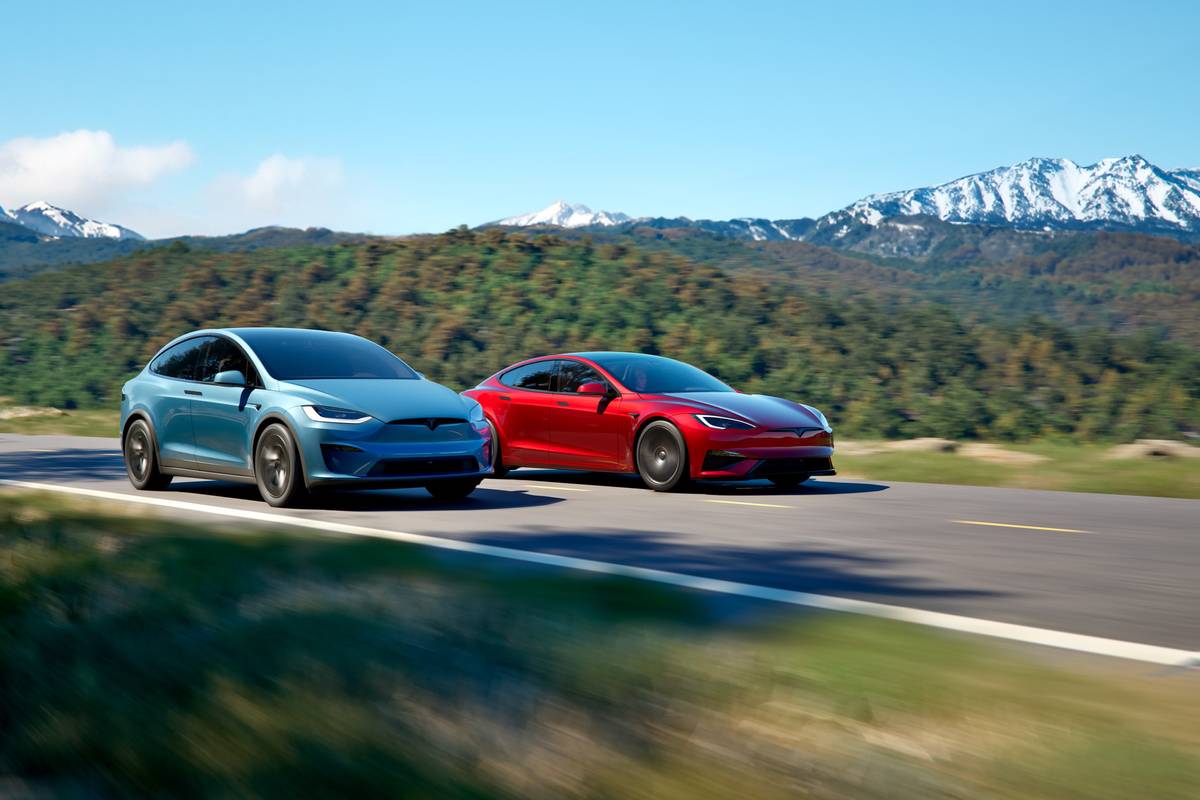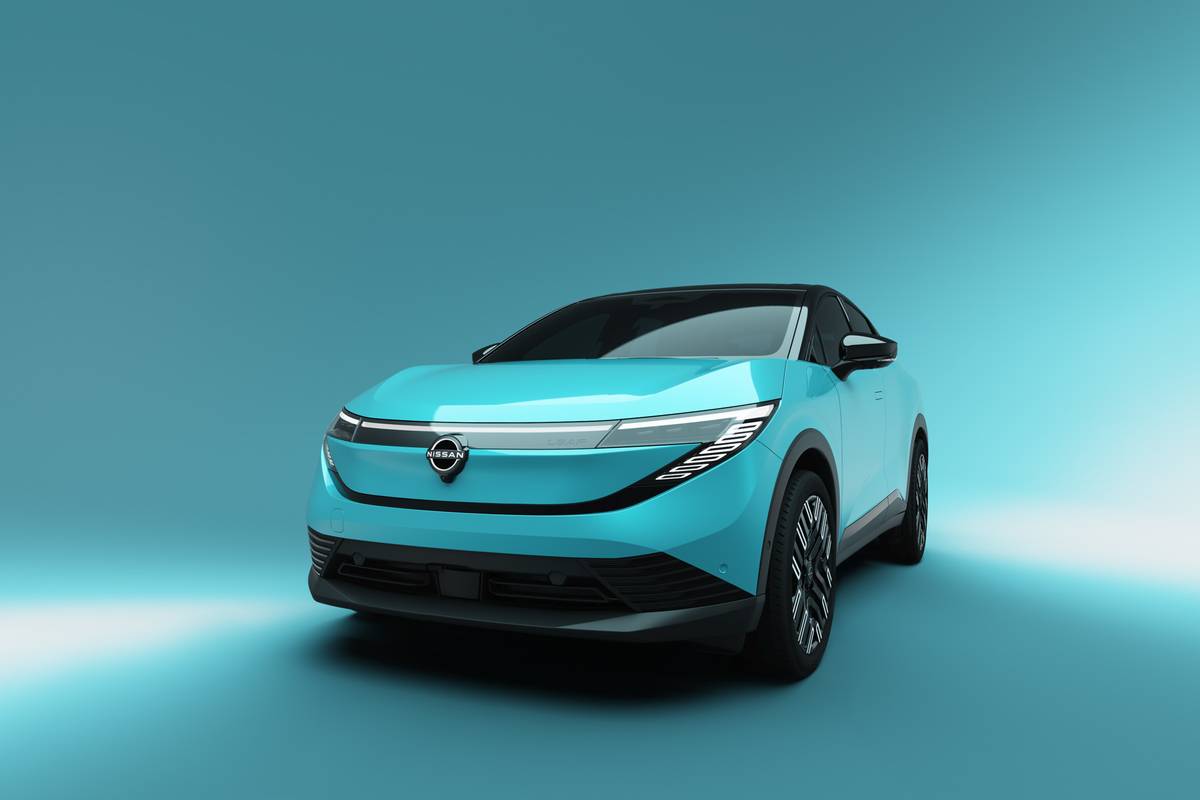TheMercuryNews.com's view
Mercedes-Benz continues to shake up its image as a maker of cars designed for rich German bankers.
Its lineup has expanded in recent years to include everything from a small coupe with a price tag under $26,000 to a variety of ultra-high-performance models from its in-house AMG tuner shop with window stickers exceeding $100,000.
Buyers have responded on both ends. U.S. sales reached 213,225 in 2002. That’s up 244 percent from 1993 and up 74 percent from 1997, the first year Mercedes-Benz sales topped 100,000 units in this country.
In 2002, sales of the most-affordable models, the C-Class, were up 25 percent, while sales of those vehicles priced over $70,000 were up 14 percent.
Over the past decade, car buyers’ view of Mercedes-Benz, and of how to define luxury, has changed.
“I think people view the luxury segment as cars with tremendous value, and cars with wide ranges of affordability,” said Dave Schembri, vice president of marketing for Mercedes-Benz USA, in a recent visit to San Francisco.
That’s no more evident than with the C-Class, the lowest-price Mercedes-Benzes sold here.
With several recent additions, the C-Class lineup of body type, engine, transmission and drive-configuration variants now numbers in the several dozens.
Last fall, as the 2003 model year began, Mercedes’ C-Class changes included putting a new engine (a super-charged, 189-horsepower 1.8-liter four cylinder) in its C230 Kompressor sports coupe and adding the C240 wagon with a 168-horsepower, 2.6-liter V-6 to its wagon lineup. Then, in January, three new C-Class sport models were added — all intended to attract younger buyers. Think of it as Mercedes’ answer to Lexus, which sells two near-luxury models, the IS300 and the ES300, to very different buyers despite their apparent similarities.
“That’s really the target with these new models,” said Bart Herring, product manager for the C-Class, “a little younger audience that wants that aggressive performance and is different than the luxury buyer of old.”
The new models are the C230 Kompressor sport sedan ($27,990), the C320 sport sedan ($35,200) and the C320 sports coupe ($27,300).
The two new sedans get a specially tuned suspension for sportier driving, aluminum interior trim, 17-inch wheels, high-performance tires, a six-speed manual transmission and more supportive seats. (In contrast, the traditional C-Class sedans, which remain popular with older, baby boomer buyers, have automatic transmissions and wood trim.)
Special body panels
The sport sedans also are fitted with special body panels, including a new front bumper, more expressive side panels and chrome accents.
The new coupe gets Mercedes’ 215-horsepower, 3.1-liter V-6 engine and a special rear spoiler.
C-Class sales have grown from less than 18,000 units in 1991 to more than 60,000 in 2002. The near-luxury market th at includes European, Asian and domestic makers is seen as perhaps the most competitive in the U.S. auto industry.
Herring credits last year’s arrival of the low-priced C230 Kompressor sports coupe with boosting overall C-Class sales by 25 percent over 2001. U.S. dealers sold about 14,000 C-Class coupes last year, he said.
“We still want to push lower because we feel there’s more of a market there,” he said.
That means marketing to younger buyers, including recent college graduates and first-time new-car buyers, who didn’t think they could afford a Mercedes. It also means, he said, making sure that Mercedes-Benz is ready to finance these buyers with little or no credit history.
The move down-scale by many luxury makers, including Jaguar and Land Rover, hasn’t been consistently successful.
Jaguar, for instance, sells an X-Type sedan with all-wheel-drive and a V-6 engine for less than $30,000. But the Ford Motor affiliate recently halted production of the car in England for several weeks this month to allow demand to catch up with supply.
“The C-coupe segment is not as strong as we thought it would be,” Schembri said, quickly adding that his car, in terms of sales volume and the type of buyer it’s attracting, is “doing exactly as we had expected.”
Besides the three new models just now arriving in showrooms, Mercedes also is bringing 4Matic, its all-wheel-drive system, to the C-Class. Once it’s added to the E-Class lineup in late 2003, it’ll be available throughout the Mercedes-Benz lineup of sedans and wagons.
“The potential for 4Matic is great,” Herring said. “You look at what Audi has done with Quattro, and they’ve done really a great job. People know what Quattro is. There’s probably as many people who know what Quattro is as who know what Audi is because Audi is Quattro.”
Regular feature
All-wheel-drive has rapidly become a regular available feature on luxury models, Schembri said. And, just like leather seats and a fancy stereo, it’s something luxury buyers are coming to expect. Besides Audi’s Quattro, the all-weather driving system is now available on some Jaguar, BMW and Volvo models.
Available on C-Class sedans and wagons, 4Matic adds about $3,000 to the price of a car. Herring predicts that it’ll be added to about half of the C-Class models where it’s offered.
Latest news



